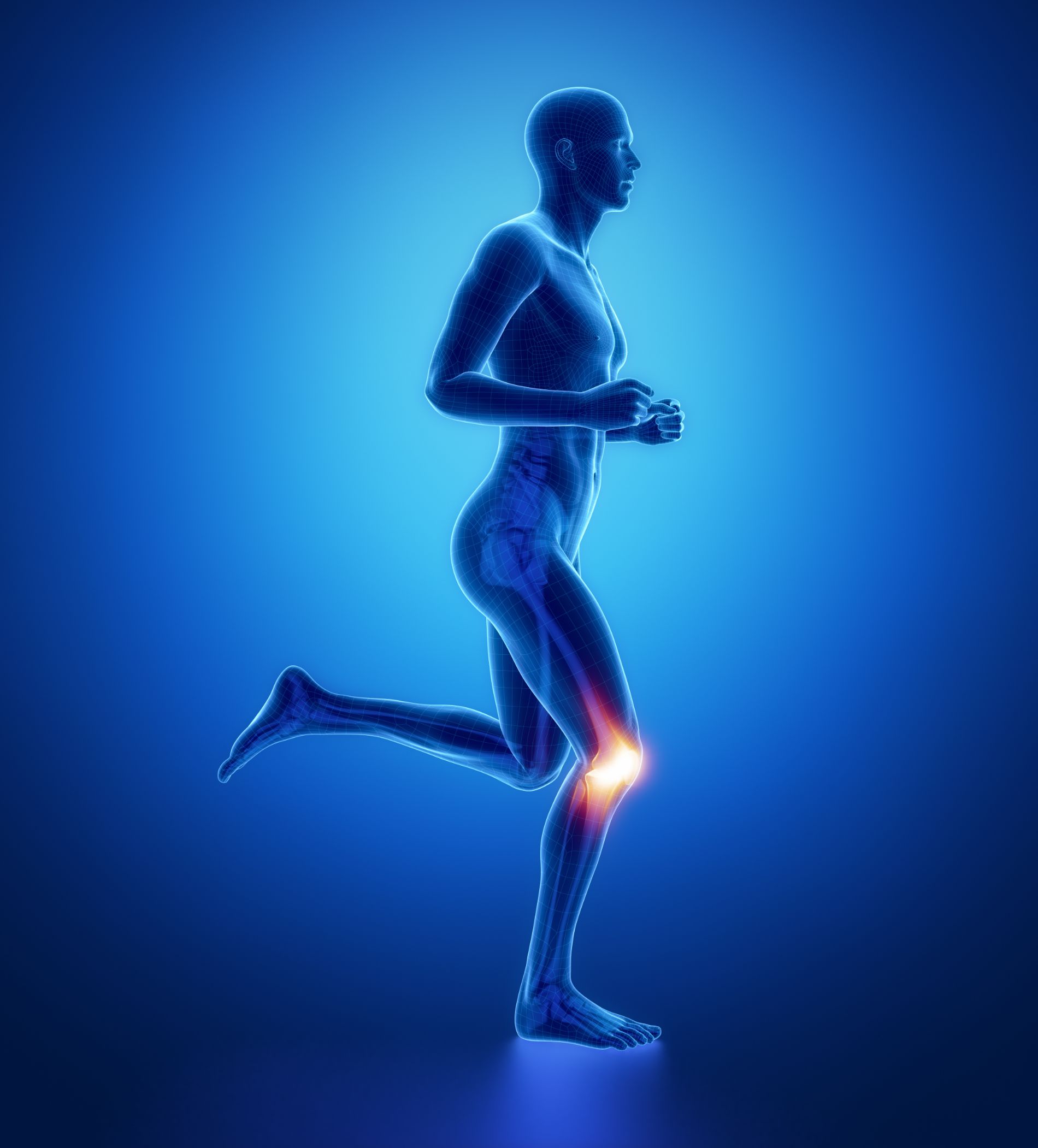Most patients go home the same day of surgery, but some may go home the following day.
YOUR RECOVERY at HOME: The success of your surgery will depend largely on how well you follow your surgeon’s specific instructions at home during the first few weeks after surgery. Some loss of appetite is common for several weeks after surgery. It is important to have a balanced diet (often with iron supplements) to promote proper tissue healing and restore muscle strength. Drink plenty of water!
WOUND CARE: You will be given wound care instructions when discharged home. It is normal to have some blood oozing under the dressing, however if the dressing becomes saturated, you can change the dressing with gauze and tape. Remove the dressing 4 days after surgery. You will have stitches, staples, or a glue sterile mesh (most commonly used) on the skin. The stitches, staples, or mesh will be removed at your follow-up appointment usually 2 weeks after surgery. You can shower after you remove the dressing 4 days after surgery. Wash the wound gently with soap and water while showering. Avoid soaking the wound in water such as a bath or jacuzzi. You may continue to bandage the wound to prevent irritation from clothing or support stockings.
PAIN: Surgery pain is a common concern for most patients. Dr. Sherfey or Dr. Antebi utilize advanced techniques in treating post operative pain. This includes medications given prior, during and after your surgery. After your surgery, you may experience a minimal amount of pain. Your surgeon will provide medication to make you feel as comfortable as possible. Ice packs should be used regularly to reduce swelling and pain.
ACTIVITY & EXERCISE: This is a critical component of healing, particularly during the first few weeks after surgery. You should be able to resume most normal activities of daily living within 3 to 6 weeks following surgery. Some pain with activity and at night is common for several weeks after surgery. Your activity program should include: A graduated walking program to slowly increase your mobility, initially in your home and later outside Resuming other normal household activities, such as sitting, standing, and climbing stairs Specific exercises several times a day to restore movement and strengthen your hip You will most likely be able to resume driving when your hip bends enough that you can enter and sit comfortably in your car, and when your muscle control provides adequate reaction time for braking and acceleration. Most people resume driving approximately 2 to 4 weeks after surgery.
TIME OFF WORK: This depends on your work requirements. Office workers usually require 2 weeks off and manual laborers 2 to 3 months off.
PREVENTING PNEUMONIA: It is common for patients to have shallow breathing in the early postoperative period. This is usually due to the effects of anesthesia, pain medications, and increased time spent in bed. This shallow breathing can lead to a partial collapse of the lungs (termed “atelectasis”) which can make patients susceptible to pneumonia. To help prevent this, it is important to take frequent deep breaths. Your nurse may provide a simple breathing apparatus called a spirometer to encourage you to take deep breaths.
AVOIDING FALLS: A fall during the first few weeks after surgery can damage your new hip and may result in a need for further surgery. Stairs are a particular hazard until your hip is strong and mobile. You should use a cane, crutches, a walker, hand rails, or have someone to help you until you have improved your balance, flexibility, and strength.
HOME PLANNING: Several modifications can make your home easier to navigate during your recovery. The following items may help with daily activities:
- Safety bars or a secure handrail in your shower or bath & a stable shower bench or chair for bathing Secure handrails along your stairways & removing all loose carpets and cords.
- A stable chair for your early recovery with a firm seat cushion, a firm back, two arms, and a footstool for intermittent leg elevation.
- A toilet seat riser with arms if you have a low toilet.
- A temporary living space on the same floor because walking up or down stairs will be more difficult during your early recovery.


